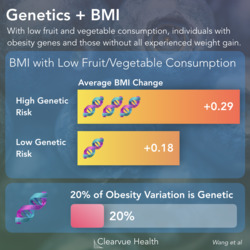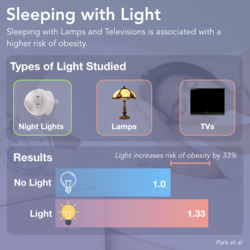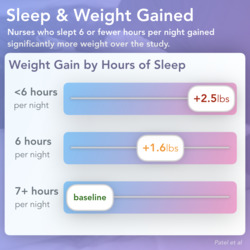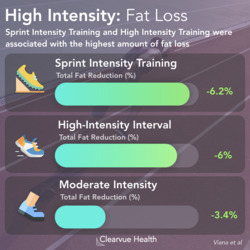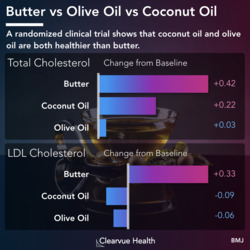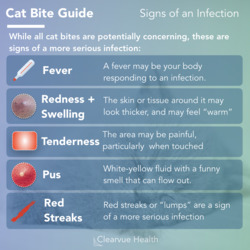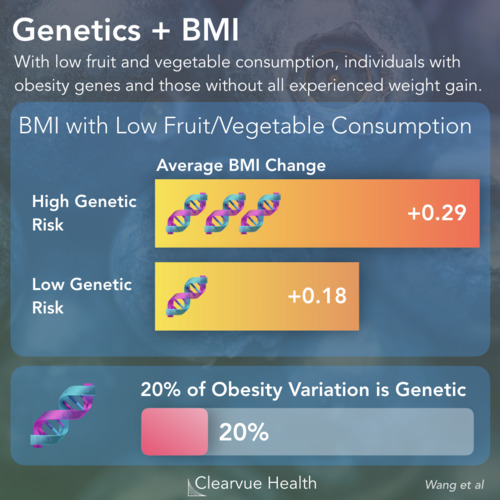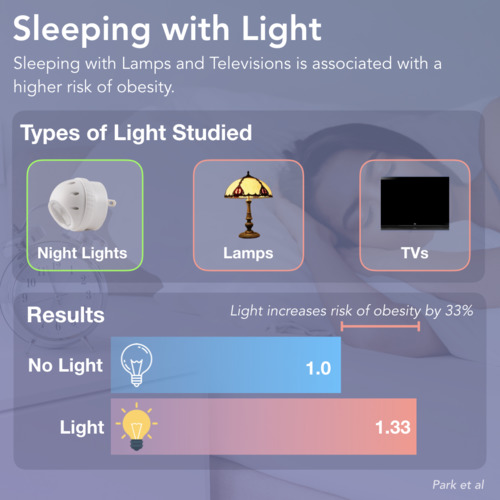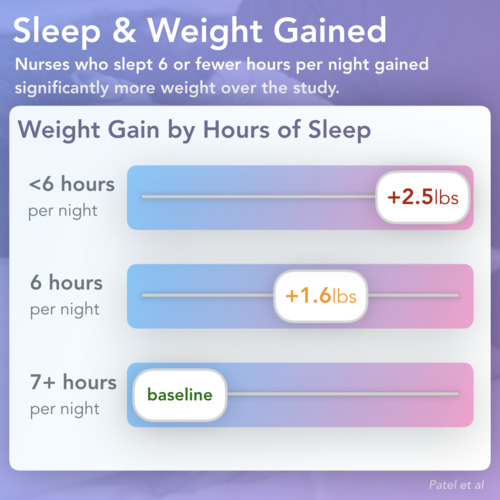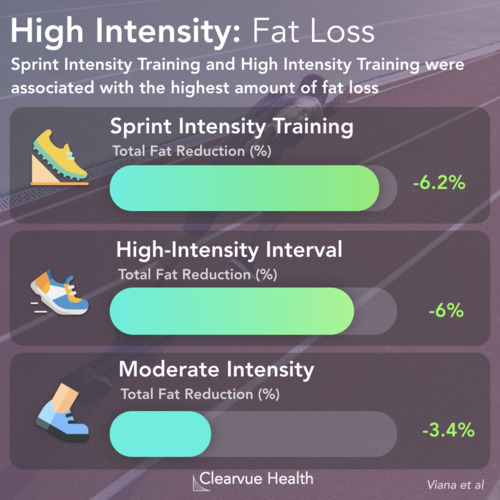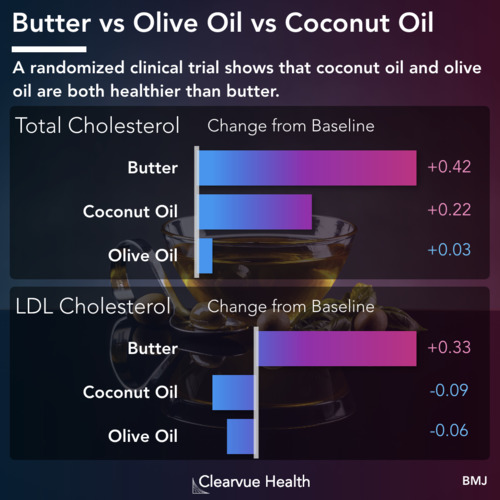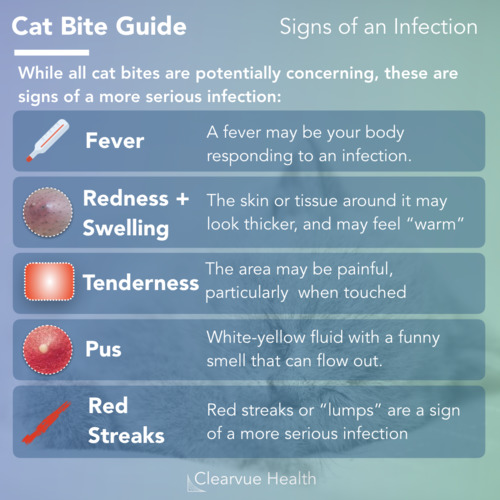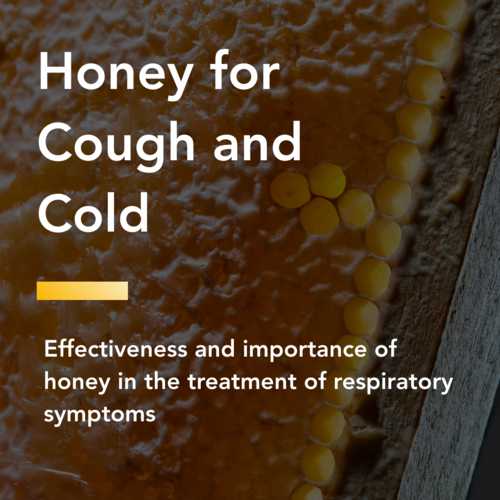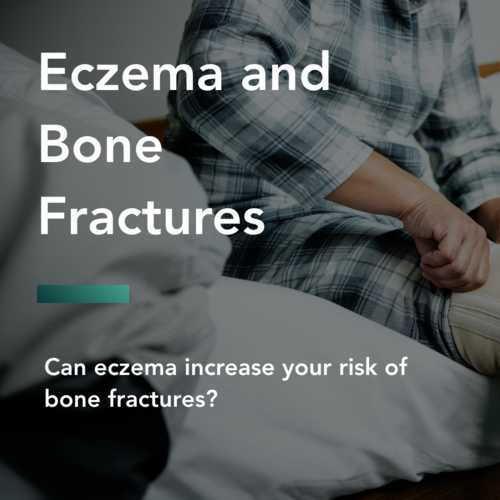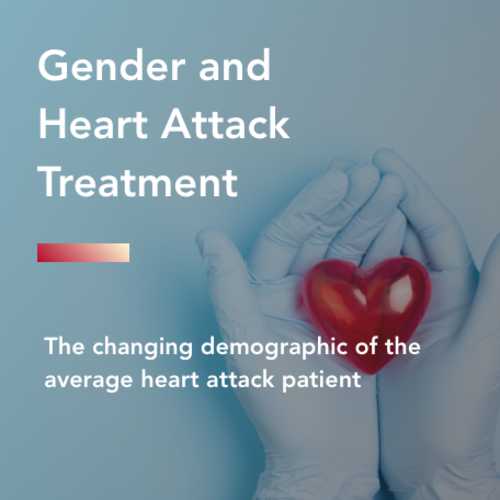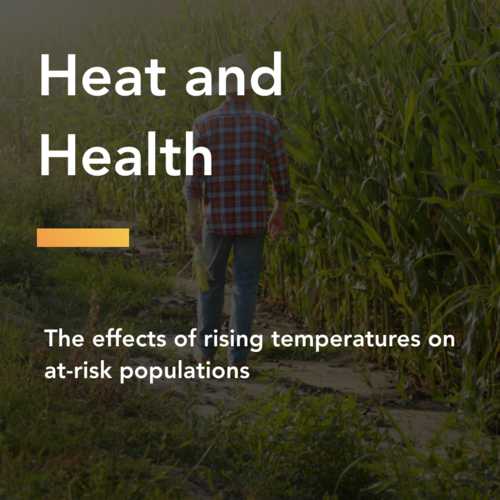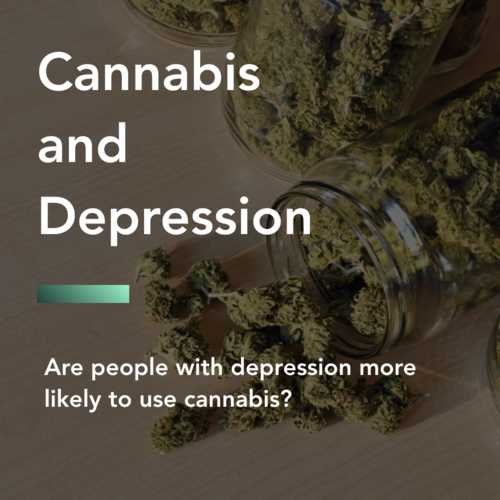What is Brown Fat? 3 Key Facts
Brown fat is a relatively recent discovery in humans. We've known for a while that small mammals have a type of fat that burns calories to generate heat.
It was only in 2009 when researchers found that not only do humans have significant amounts of brown fat, it also plays significant roles in maintaining our body temperature and metabolic rate.
Source: Cold-Activated Brown Adipose Tissue in Healthy Men

Brown fat is similar to white fat, but there are a few key differences. Regular fat cells are built to store energy. Brown fat, on the other hand, contain cells that need to generate heat.
Regular fat cells contain a single, massive globule of fat that are used to store energy.
Brown fat cells contain multiple smaller globules fat. They also have many more mitochondria, which as you may remember, are the powerhouses of the cell.
As with any powerhouse, mitochondria generate heat. In fact, brown fat cells have been shown to contain a special protein, UCP1, that essentially causes mitochondria to generate more heat rather than more power.
In a study of patients with and without brown fat, researchers found that patients with brown fat burned more glucose when exposed to cold, suggesting that brown fat consumes glucose (And therefore calories) in response to cold.
Source: Brown Adipose Tissue Improves Whole-Body Glucose Homeostasis and Insulin Sensitivity in Humans
Brown Fat: Activated by the Cold

Most of the heat in your body comes from normal body functions. Not everyone has significant brown fat and you don't need it to survive. When you shiver, you essentially perform the same function as brown fat by increasing heat through doing "work" with your muscles.
Brown fat, if you have it, is typically only activated in the cold. In a study of 24 men, 23 were shown to be burning brown fat at at 60 degrees. At room temperature (72 degrees), no patients were found to be burning brown fat.
Source: Cold-Activated Brown Adipose Tissue in Healthy Men
Similarly, in a study of individuals who were acclimated to cold, participants were found to burn more calories in mild cold than at room temperature, even without significant shivering.
Source: Cold acclimation recruits human brown fat and increases nonshivering thermogenesis.
Brown Fat: Non-Shivering Warmth Generation

Brown fat is believed to help generate warmth, along with shivering. In a study on cold acclimation, 17 individuals were exposed to cold temperatures over 10 days to get them "used" to the cold.
The study showed that once patients got used to the cold, their brown fat became more active and allowed them to be more comfortable in the cold while burning fewer calories.
At the end of the study, they shivered significantly less than at the beginning when exposed to the same cold. They also had significantly more glucose uptake and activity in their brown fat
Source: Cold acclimation recruits human brown fat and increases nonshivering thermogenesis.
Brown Fat: Relationship with BMI

Brown fat appears to have a negative correlation with BMI. This appears a bit counterintuitive, as individuals with more body fat would logically have more energy to expend.
While the model was created based on just a few patients, it did show a significant inverse relationship. (p=0.002) Researchers also found a similar relationship with body fat percentage, where individuals with more body fat had less brown fat activity.




